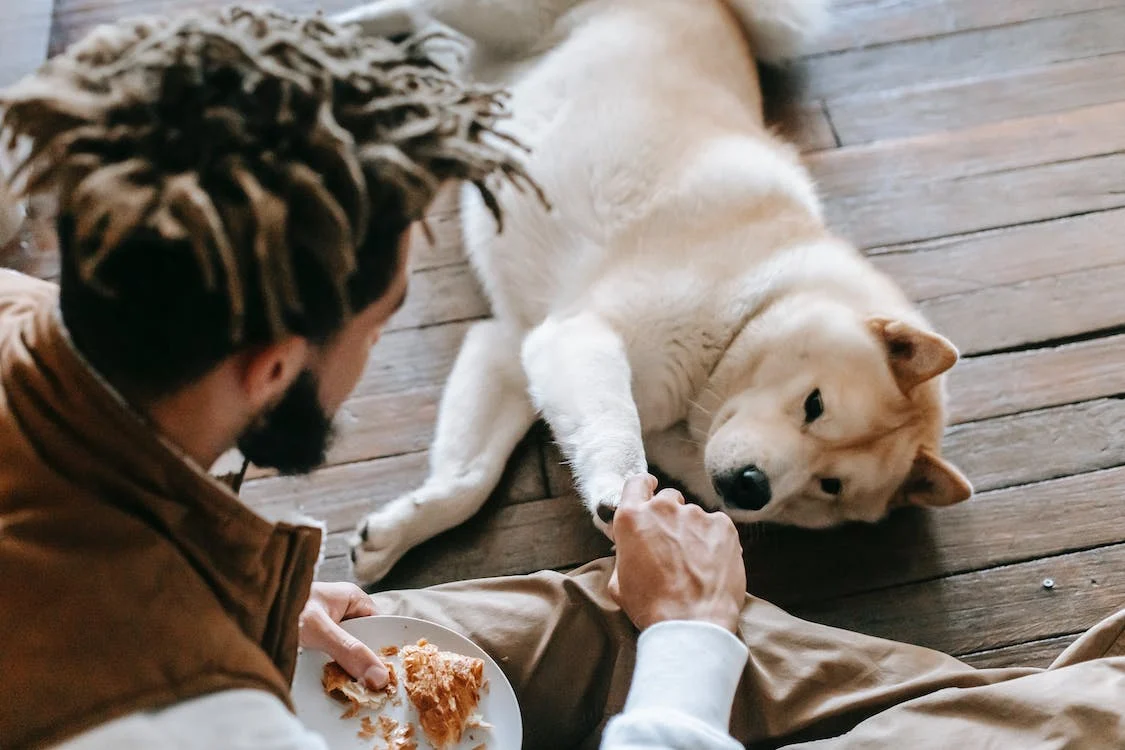The Akita is a large and powerful dog breed with a noble and intimidating presence. They were originally used for guarding royalty and nobility in feudal Japan.
These dogs also tracked and hunted wild boar, black bear, and sometimes deer.The Akita does not back down from challenges and does not frighten easily.
Consequently, they are fearless and loyal guardians of their families. Yet they are also affectionate, respectful, and amusing dogs when properly trained and socialized.
An Akita is bound to shed quite a bit, and you may be wiping some drool from their face if you bring one home. Certainly, owners should be prepared for some cleanup.
Furthermore, they tend to be stubborn and are not overly fond of strangers. While those can be good traits for a watchdog, they’ll need an experienced trainer if they’re to interact with other animals or people. Novices beware.
- World’s Most Obedient Dog Breeds
- World’s Least Obedient Dog Breeds
- Top 10 High-Jumping Hounds
- Meet the Fastest Dog Breeds in the World
- The 5 Different Types of Pit Bull Dog Breeds
That said, dogs of this breed are faithful companions that will be attached to the right human for life and shower them with adoration and love.
Therefore, if you and your family are up for the challenge and consider adopting an Akita, you’ll have a lifelong friend who won’t let you down.
Appearance

With his furry hair, rounded form, and abnormally large paws, the Akita puppy elicits many “awws.” But he grows into a substantial adult. “They’re a pretty tough breed, for sure,” Caballero says.
An American Akita’s shoulder height ranges from 24-28 inches, and the breed can weigh between 70-130 pounds. He has a huge head with a broad nose, sharp ears, and deep-set brown eyes.
His thick double coat, which sheds minimally and requires brushing on a regular basis, can be any color, including white, brindle, or pinto, and has well-defined patterns across his robust frame.
The Akita’s characteristic tail rises in a fluffy curl over his back.The Japanese Akita, often known as the Akita Inu, resembles the American Akita but is smaller.
- World’s Most Obedient Dog Breeds
- World’s Least Obedient Dog Breeds
- Top 10 High-Jumping Hounds
- Meet the Fastest Dog Breeds in the World
- The 5 Different Types of Pit Bull Dog Breeds
Another distinction is that the American Akita can be any color, whereas the Japanese Akita is normally red, brindle, or white.
While the Japanese Akita is sometimes confused with the Shiba Inu in appearance, they are easily distinguished in terms of adult size: the Akita is a large breed, whereas the Shiba Inu is a small breed.
Temperament
The Akita is large and commanding. “It’s a working breed, but it was bred to actually hunt and protect houses back in the day in Japan,” Caballero explains.
He adds that if trained early and regularly, the Akita may make a wonderful family dog. The Akita gets along well with familiar youngsters and prefers to spend as much time as possible with his humans.
He is, nonetheless, reserved among strangers. Because Akitas form such strong bonds with their families, they may be happiest as the only fur child in the house (they can become jealous if another dog receives too much attention!).
However, if introduced as puppies, Akitas can coexist peacefully with household cats and dogs.
Living Needs
Akitas enjoy spending time outside because of their thick coats and rugged heritage, and a fenced yard where they can explore and sniff is perfect. “If they’re outside in the yard, what you’ll see is that they’ll sniff around and then find a spot to lay down and [survey],” Caballero explains. “They’re not tongue-out, waiting for you to throw the ball.”
Akitas crave cold weather, and when it arrives, they’ll run around in it (they even have slightly webbed toes that assist them walk on snowy drifts), devouring it and rolling around.
They enjoy following their owner from room to room or watching them from the floor while they are indoors. Because the Akita has a strong prey drive, he should always be kept on a leash and under close supervision when outside.
This breed is relatively calm, and barking is usually not a problem unless the dog is alerting its family to a guest or something strange.
Care
The Akita has a reputation for being odorless, but if he spends a lot of time outside, his coat might become soiled and will need to be washed and maintained on a regular basis.
“A clean Akita does not stink.” “However, an Akita who enjoys being outside will smell,” Caballero says. “That’s why grooming them is so important.”
The Akita’s thick coat sheds minimally throughout the year until warm weather arrives, at which point—beware! The once-a-year shedding, also known as coat blowing, will undoubtedly blanket the entire house.
Regular nail clipping and tooth brushing are also essential for the wellness of an Akita.This breed requires moderate exercise, which he can get through roaming around the yard or a daily jog or long stroll.
“Just like in humans, a walk outside is mentally calming, relaxes, and exercises them,” Caballero explains. “If they are sedentary, this breed can gain weight quickly.” If they’re at home, what are they doing? Getting snacks, lounging around? They’re going to gain weight.”
Because these fluffy puppies grow into large, strong, independent-minded adults, training should begin early and occur frequently—calmness, consistency, and positive reinforcement are essential.
“The main thing with this breed is that you’re going to have to be super [consistent] in training it as a puppy,” adds Caballero. The good news is that Akitas are known for being easy to potty train!

